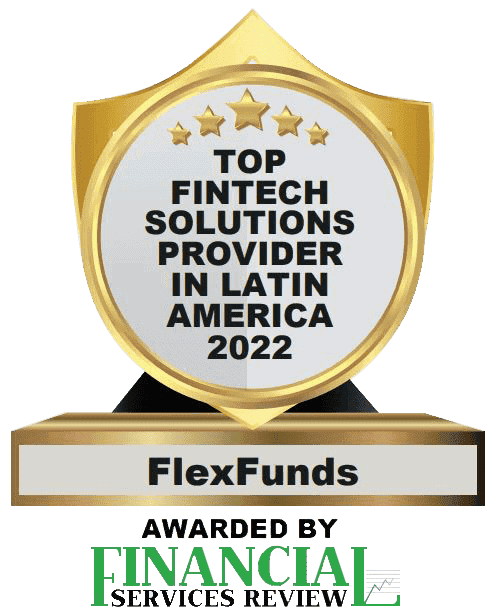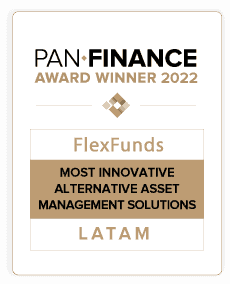Putting together the right marketing campaign is critical in asset management.
Adapting the message to different investor profiles, segmenting dissemination channels, and making strategic decisions based on data analysis are some of the keys that define the success of a marketing campaign in the robust asset management industry.
In an increasingly changing and competitive market, marketing tools have become a fundamental pillar for companies seeking to stand out in a scenario where face-to-face and digital services have become equally important.
According to a Boston Consulting Group (BCG) report, those asset managers that generate “a real advantage” in product performance are those whose business model “generally includes strong sales and marketing teams that can easily transmit the value proposition to clients.”
Asset managers should concentrate their efforts on adapting to new ways of doing business after the crisis. These ways can imply changing their relationship with the client and rethinking several of their products, aligning themselves with the interests of post-pandemic companies.
From preparation to investor exposure
It is essential to segment audiences by adapting the message to the value proposition offered to structure a marketing campaign. It will be critical to listen to investors’ comments beforehand and get feedback to prepare the sales material, explains The Global Impact Investing Network (GIIN).
Once in the presentation with investors, it is a matter of selling your portfolio, making clear your expertise in the segment you want to target, and the advantages you offer over competitors to achieve specific and achievable objectives, for which you can cite success stories.
To connect potential clients with your business philosophy, you can explain how you reached a particular milestone or overcame a challenge through your strategy. Awakening this initial interest is key to achieving the required impact beyond just presenting the business model.
The presentation must be concrete but fundamental aspects such as the capital structure, operating budget, commissions, expected returns for investors, the work team’s composition, and the client’s support.
GIIN reminds us that the common but unnecessary tendency to over-explain can distract attention from a fund’s impact and compelling investment strategy and suggests providing supplementary information in an annex and providing it on request to the portfolio manager.
Digital strategies and follow-up
Nowadays, structuring and promotion involve face-to-face efforts to a complete follow-up strategy through digital channels, which is fundamental to keeping in touch with customers and generating new connections.
Marketing teams have a strategic role in keeping asset managers up to date in the industry. To do so, they appeal, for example, to newsletters with relevant business information. Entrepreneurs frequently consult these tools, subscribe to them, and connect with the organizations by providing their email addresses.
Social networks, which need to fit with the organization’s culture, must be kept updated. Websites or professional blogs with industry content, digital forums, and discussions are other alternatives to stay positioned in digital channels. However, it is essential to maintain the frequency, relevance, and quality of the information offered.
There are also essential investments allocated for positioning content with paid ads on social networks and the efforts made to maintain the positioning of web portals or blogs in Search Engine Optimization (SEO) to be relevant in web browsers.
Adopting these strategies is a differential factor because, as the British firm Edgefolio explains, “by creating a marketing plan that aligns with your business and financial objectives, you can focus on the tactics that you know will grow your fund.”
Spending on technology is key if it is well focused.
Aiming for much more agile distribution models to respond to clients effectively and adopting data analytics tools to optimize operating costs and track marketing strategies are now central to every asset management business’s plan.
In an opinion column, financial sector marketing strategist Jeremiah D. Desmarais commented, “young investors have a powerful desire for a consistent experience across all communication channels, which requires integrating solutions into a firm’s existing operations.”
Thus, tools for artificial intelligence augmented and virtual reality and “IoT” (“Internet of Things”) is becoming more relevant in a sector that targets an increasingly digitized generation of consumers.
A report released by Casey Quirk, a Deloitte Consulting LLP firm, concludes that asset managers expect to increase annual spending on data and technology from US$50 billion in 2019 to US$84 billion by 2023 globally.
The research highlights a category of firms analyzed that it calls “early adopters,” which account for 25% of asset managers and currently spend around 12% of their budgets on technology. These investments, however, will have an impact to the extent that these solutions generate tangible and measurable efficiencies while helping to replace obsolete processes and create competitive advantages in the long term.
Sources:
- https://www.prnewswire.com/news-releases/vying-for-competitive-edge-asset-managers-will-boost-technology-spending-by-two-thirds-to-84-billion-by-2023-casey-quirk-301193117.html
- https://thegiin.org/creating-marketing-materials/
- https://www.bcg.com/publications/2021/global-asset-management-industry-report







